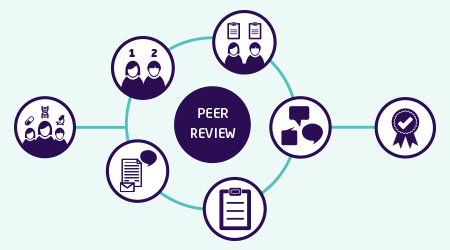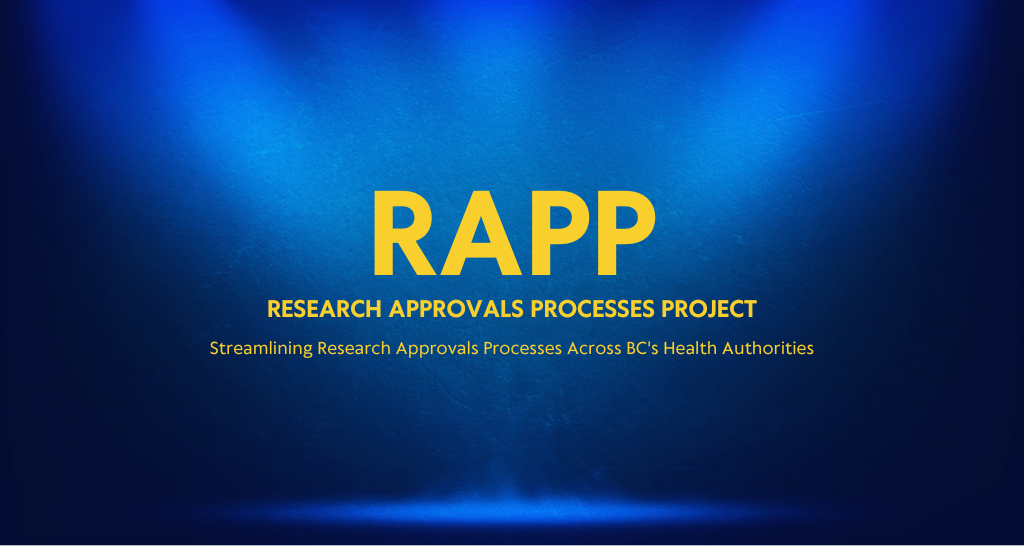Assessing best practices in peer review
19 April 2018

Health research funding agencies in Canada and internationally typically use a peer review process to determine if applicants to their funding programs meet a defined set of criteria and are eligible for funding. MSFHR is no exception. We have considerable expertise in designing and executing peer review processes, and peer review has the support and confidence of most scientific stakeholders. But how do we ensure we’re doing it as well as possible?
To answer that question, we recently conducted a review of best practices in peer review that included a scan of current literature, as well as surveys and interviews with key informants at other health research granting agencies. Key references for this process included the 2017 RAND review on grant peer review in the health sciences, CIHR’s International Peer Review Expert Panel Report and the Fundamental Science Review Report. We were interested in answering key questions about best practices in application review processes, such as optimal application length, how best to implement a triage process for low scoring applications, and when to use face-to-face review meetings.
The review resulted in 11 recommendations, all of which are in various stages of implementation. They address some of the trends in peer review as well as broader changes in our environment that impact the work we are doing, such as issues of equity, diversity and potential bias in research funding decision-making processes and the expanding definition of expert to include research users like patients, decision-makers and members of the public.
Going forward, we’ll build on what we learned in our 2017 peer review assessment by continuing to seek input from our reviewers. We will integrate what we learn into our program learning and improvement cycle, which structures and guides the methods we use to gather and analyze data from a variety of sources to inform continuous improvement of our funding programs and processes. We’ll continue to engage in ongoing collaboration and best practice exchange with other funders, as well as continuous learning from the evolving literature on peer review.





